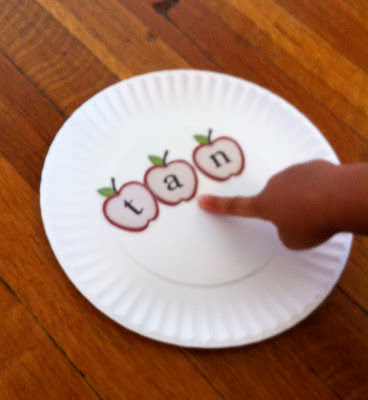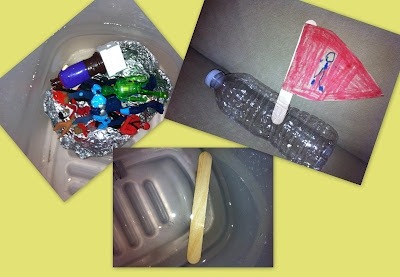I have been researching extensively to discover efficient tools to teach my son how to read. I had begun working with him intensely to teach him how to utter the phonetic sounds of the alphabets. The following link is the song I play every day for my son with the intent for him to learn about phonics. This song is quite cute and very easy to learn: http://www.youtube.com/watch?v=xGpsVmWLRFA.
He often asks me the spelling of words, and instead of spelling the requested word, I ask him to repeat the word and think of the sounds he is making. He is becoming very good with recognition of words, and he is extremely proud of himself when he deciphers the name of the word he sought to understand :)).
I read in some teaching websites that the best way to teach your child to read is by not teaching them how to spell words, but to teach how to pronounce the sounds of the alphabets first. Once they are mastered in this matter, spelling becomes easier. Hence, the reason I am focusing on phonics a lot.
In addition, to the work we have been doing, I made a flip books to help him learn how to read. I made 4 books for the familiar words "at", "en", "og" and "an". I wrote the vowels in different colours to teach him awareness of the difference between vowels and consonants. I used construction paper and markers to make the flip books.
We worked with these books today and I was extremely delighted with the results; I highly recommend the use of my book. I asked my son to pronounce the sound of each letter presented in the book, and repeat it as many times as he needed to be able to recognise the word he was saying. Working with rhyming words are important tools to develop the child's reading skills.
Instructions to make the flip books:
1 - To make the cover, take a construction paper and fold it in half making a rectangle shape. Then bring the endings together and fold it again.
2 - With the paper folded, cut a thin string on the side that is closed to divide the paper in half, and to make two covers.
3 - Meanwhile take a white construction paper and write just one word for example cat, and then just the first letter of the other words you would like to have. For instance "m" to make mat, "r" to make rat, "b" to make bat. I suggest to write the vowels with a different colour so the child can differentiate what is consonant and what is vowel. Afterwards glue the written word onto the cover book.
4 - The next step is to glue the top of the written letters on top of the first consonant of the word written.
5 - I also recommend to write the final word onto the cover page.
The words I used for my flip books were:
"at" - mat, rat, bat and cat.
"og" - log, fog, hog, frog and dog.
"an" - tan, man, can, fan and pan.
"en" - ten, men, pen and hen.
I am also doing for words ending with "ig" (big, dig, pig and wig), "et" (jet, net, pet and wet), "ip" zip, dip, sip and rip), "ot" (dot, lot, pot and cot), and "ug" (bug, mug, rug and hug).
I found these flip books very useful and a great tool to make my child be familiar with reading. Once you explain and set the path they can do it on their own. It is something they can carry along in a long journey, or even just going to the supermarket. If you desire you may laminate it and bind the books to last longer. You may also add more letters to any group as you feel your child is progressing and ready to be introduced to new words. The words can become more complex as they grow and will develop their reading skills.
I also would like to recommend an incredible website that I used today to support his learning and add in support in the form of improvement in the process of being familiar with phonics. http://www.starfall.com/n/level-a/learn-to-read/load.htm?f
Let me know what you think about the aforementioned please :). If you have any questions feel free to ask as well. Thanks :)))))!!!!





















































